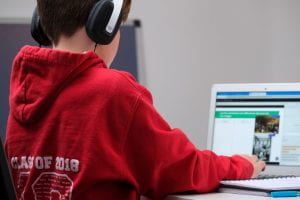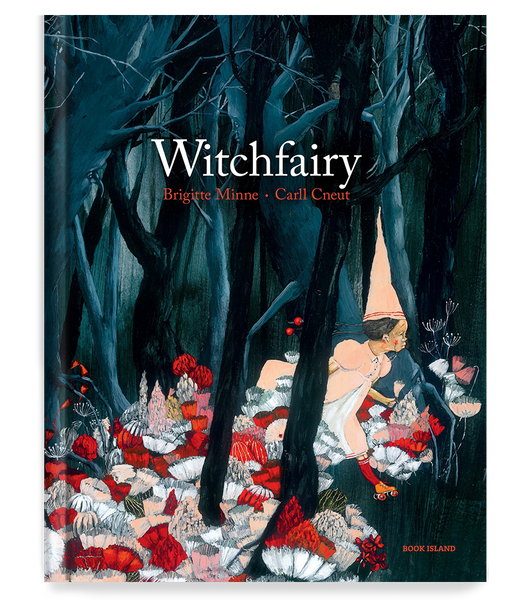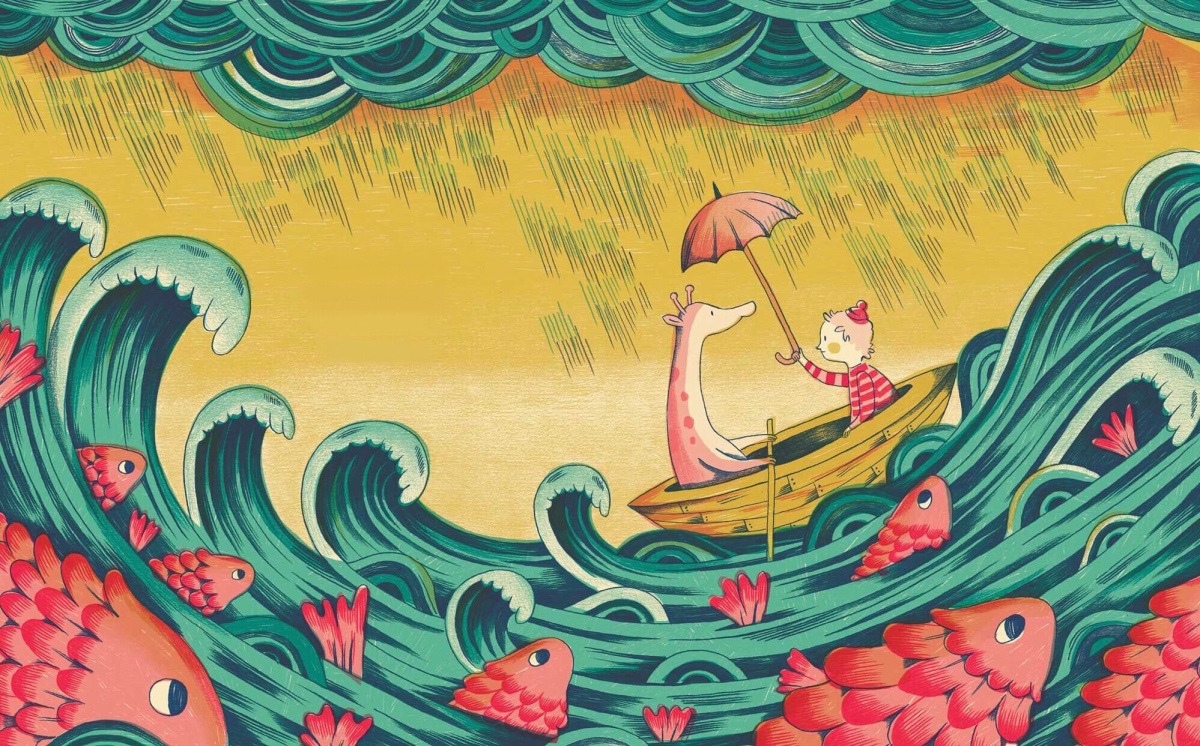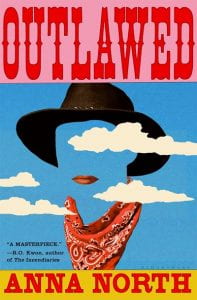Reflection: Think about how you process information and read. Are young people any different? Do they use technology differently to older people? Have ebooks ‘taken off’ in your school? What reasons could explain this?
Several years ago our school brought in Mark McCrindle for an all-day PL – repeated a few years later, weirdly. He used selected data to show that teens are ‘digital natives’ – a misleading term that has been widely countered – and thus that they needed a different style of instruction, using lots of short, multimodal texts. Pop Teaching instead of Pop Art, if you will.
Yet all of us listening were all thinking the same thing: that’s not our experience.
I don’t see a lot of difference in how they use technology, or how confident they are with it, only that they’re more engaged with SMS apps like Snapchat, and will be on multiple platforms. ‘Older’ people will probably only use text, Messenger and What’s App, and communicate via Instagram messages. Young people don’t like using email, but then no one uses email to chat anymore – that’s what apps are for.
Our students, aged 16-18, aren’t all that familiar with technology really. They’re just really comfortable with navigating their phones. They don’t know how to use computer programs much, especially Word. They interact, rather than utilise or explore. They’re certainly capable of learning more, but in general, their technology use involves a lot of passive staring.
Our school library had a subscription to Wheelers but hardly anyone borrowed books from it. Certainly the selection wasn’t super great – but even for the texts we did have, it cost over three thousand dollars a year. We ditched it.
Part of its lack of popularity is that a lot of teens aren’t reading much at all – they prefer to watch, and their attention spans are getting shorter and shorter. Some do read ebooks but they’re more likely to borrow them from the state library, which has a really good selection. Another issue is browsing; they’re just less likely to do it on an app or the website. Even getting to the Wheelers site seemed too difficult.
I definitely process information in limited ways compared to others. My students are content reading off a screen but I need a print copy or my eyes struggle. Partly due to glare, partly due to the fact that text on screen invites me to skim. I suspect my students too this too, though! Many of the articles for this degree, I have to print in order to read – which enables me to highlight and annotate, which is a good study habit anyway.























Recent Comments
shannon.badcock
"Yes I wondered/worried about that. I find it hard to separate it from ..."
ederouet
"What a great looking blog! I love your widgets and use of categories ..."